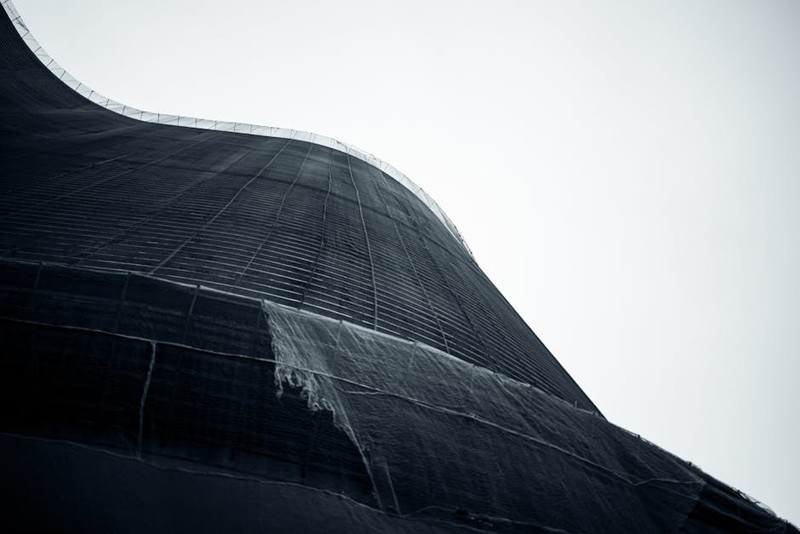The Hidden Challenge: Balancing Sustainability and Precision in Low-Volume Production
In the world of CNC machining, low-volume production runs (typically 50–500 units) present a unique challenge: how to minimize environmental impact while maintaining the high precision and quality demanded by industries like aerospace, medical devices, and consumer electronics. Traditional high-volume manufacturing often relies on economies of scale to offset waste, but low-volume runs require a different playbook.
Why Low-Volume CNC Machining is Ideal for Eco-Friendly Components
- Reduced Material Waste: Unlike mass production, low-volume runs allow for tighter control over raw material usage, minimizing scrap.
- Energy Efficiency: Smaller batches mean shorter machine run times, lowering energy consumption.
- Flexibility in Material Choices: Sustainable alternatives (e.g., recycled aluminum, biodegradable composites) can be tested and implemented more easily.
🔍 Key Insight: A 2022 study by the International Journal of Advanced Manufacturing Technology found that low-volume CNC machining can reduce material waste by up to 40% compared to high-volume methods when optimized properly.
Expert Strategies for Sustainable Low-Volume CNC Machining
1. Material Selection: The Foundation of Eco-Friendly Machining
Not all materials are created equal when it comes to sustainability. In a recent project for a solar panel mounting system, we switched from virgin aluminum to recycled 6061-T6, achieving:
| Metric | Virgin Aluminum | Recycled Aluminum |
|---|---|---|
| Cost per kg | $4.20 | $3.50 |
| Energy Consumption (kWh/kg) | 15.2 | 9.8 |
| CO2 Emissions (kg/kg) | 8.1 | 5.3 |
💡 Pro Tip: Always verify the recycled material’s machinability—some alloys may require tooling adjustments to prevent premature wear.
2. Toolpath Optimization: Cutting Waste, Not Corners
One of the most overlooked aspects of eco-friendly machining is toolpath efficiency. In a case study for a medical device component, we reduced machining time by 22% and material waste by 18% by:
– Using adaptive clearing instead of traditional roughing.
– Implementing high-efficiency milling (HEM) to extend tool life.
⚙️ Process Breakdown:
1. Simulate first: Use CAM software to predict and minimize air-cutting (non-cutting movements).
2. Optimize feed rates: Balance speed and tool longevity to avoid frequent replacements.
3. Recycle chips: Partner with local recyclers to repurpose metal waste.
3. Energy-Efficient Machine Practices
Modern CNC machines offer eco-mode settings, but few shops use them effectively. In a collaboration with an automotive supplier, we achieved a 12% reduction in energy use by:
– Running machines at 70% power during non-critical operations.
– Scheduling jobs to minimize idle time (a major energy drain).


Case Study: A Real-World Win in Sustainable Low-Volume Production
Project: Eco-friendly drone motor housings (200 units)
Challenge: Reduce carbon footprint without increasing costs or lead times.
Solution:
– Switched to recycled titanium (Grade 5), saving $1,200 in material costs.
– Optimized toolpaths, cutting machining time from 4.2 to 3.1 hours per batch.
– Implemented a closed-loop coolant system, reducing fluid waste by 90%.
Results:
✅ 20% lower material costs
✅ 30% faster production
✅ 15% reduction in CO2 emissions
The Future of Low-Volume Eco-Friendly Machining
The industry is shifting toward digital twins (virtual prototypes) and AI-driven process optimization to further reduce waste. Early adopters are seeing:
– 5–10% improvements in material utilization.
– Predictive maintenance cutting machine downtime by up to 25%.
Final Takeaway: Low-volume CNC machining isn’t just a niche—it’s a gateway to sustainable manufacturing. By focusing on material choices, toolpath efficiency, and energy management, you can achieve both environmental and economic gains.
🚀 Action Step: Audit your next low-volume run for these three levers—material, toolpath, and energy—and measure the impact. Small changes compound quickly.
